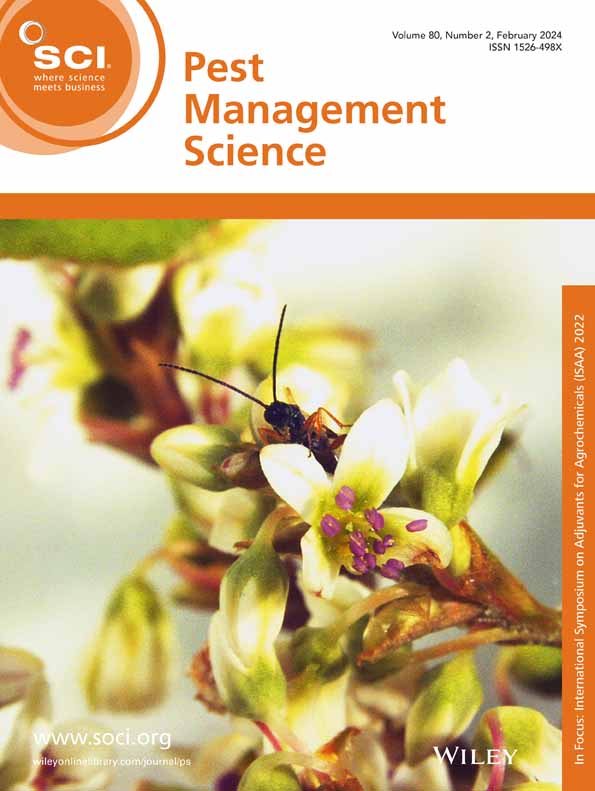Prevalence and diversity of mite ectoparasites of house mice (Mus musculus L.) in urban environments in New Jersey, USA
Abstract
BACKGROUND
House mice, Mus musculus L., carry ectoparasites that cause dermatitis and can vector human diseases. Nevertheless, there is little information on the prevalence and diversity of ectoparasites from house mice living in urban environments. We collected and identified ectoparasites from house mice trapped in apartment buildings and a chicken breeding building in three cities in New Jersey, USA. Two blood-sucking mite species were genetically barcoded to facilitate future species determination.
RESULTS
A total of 189 house mice were trapped in apartment buildings while 113 mice were trapped in or around a chicken breeding building. Mites were the only ectoparasites found on house mice. The mite infestation rates ranged between 25% and 89%, and the mite species richness was between 1.0 ± 0.0 and 2.2 ± 0.1 per mouse among the study sites. The four mite species identified were Myocoptes musculinus (Koch), Myobia murismusculi (Schrank), Echinonyssus butantanensis (Fonseca), and the house mouse mite (Liponyssoides sanguineus [Hirst]). The house mouse mite was the only medically important mite found in this study. It was found only in apartment buildings with a prevalence between 30% and 79% and a mean density between 2.6 ± 0.6 and 8.5 ± 1.2 per host.
CONCLUSION
This study represents the first records of both E. butantanensis and the house mouse mite on house mice in New Jersey. This is significant as the house mouse mite has been documented to present a potential human health risk when there is a high prevalence in occupied buildings. © 2025 Society of Chemical Industry.





 求助内容:
求助内容: 应助结果提醒方式:
应助结果提醒方式:


